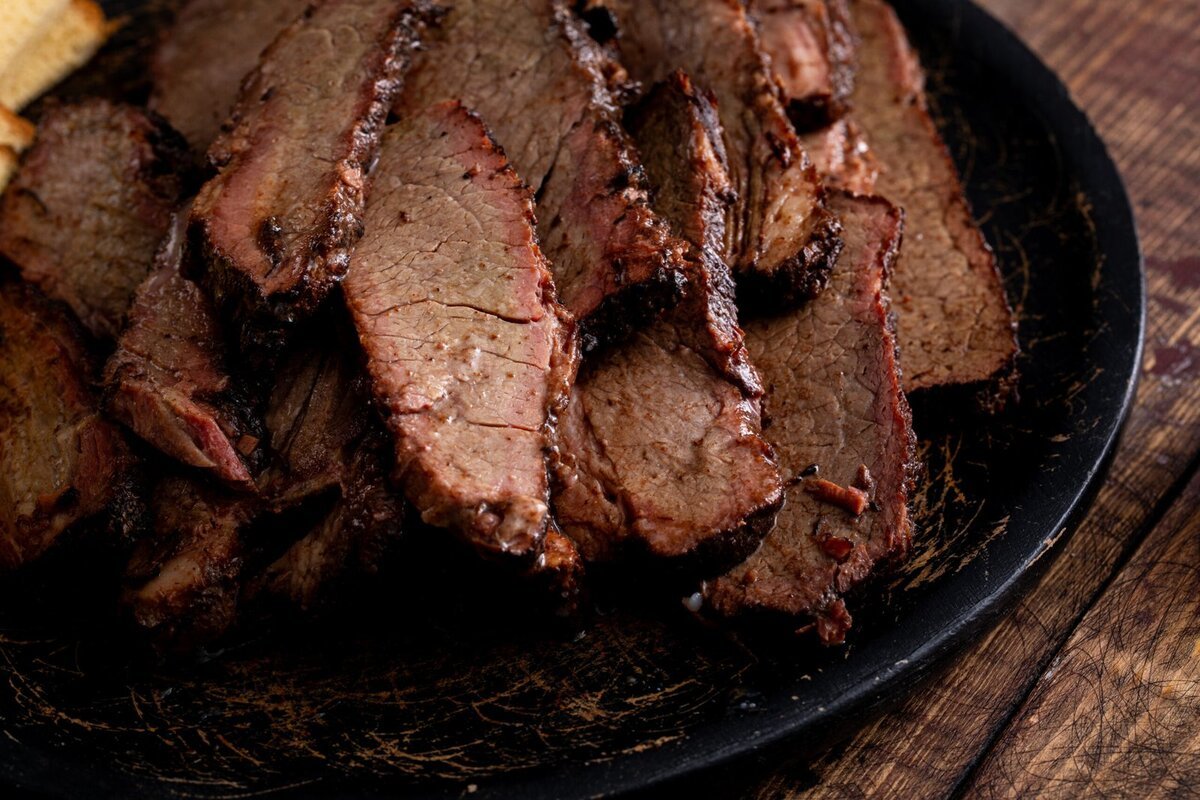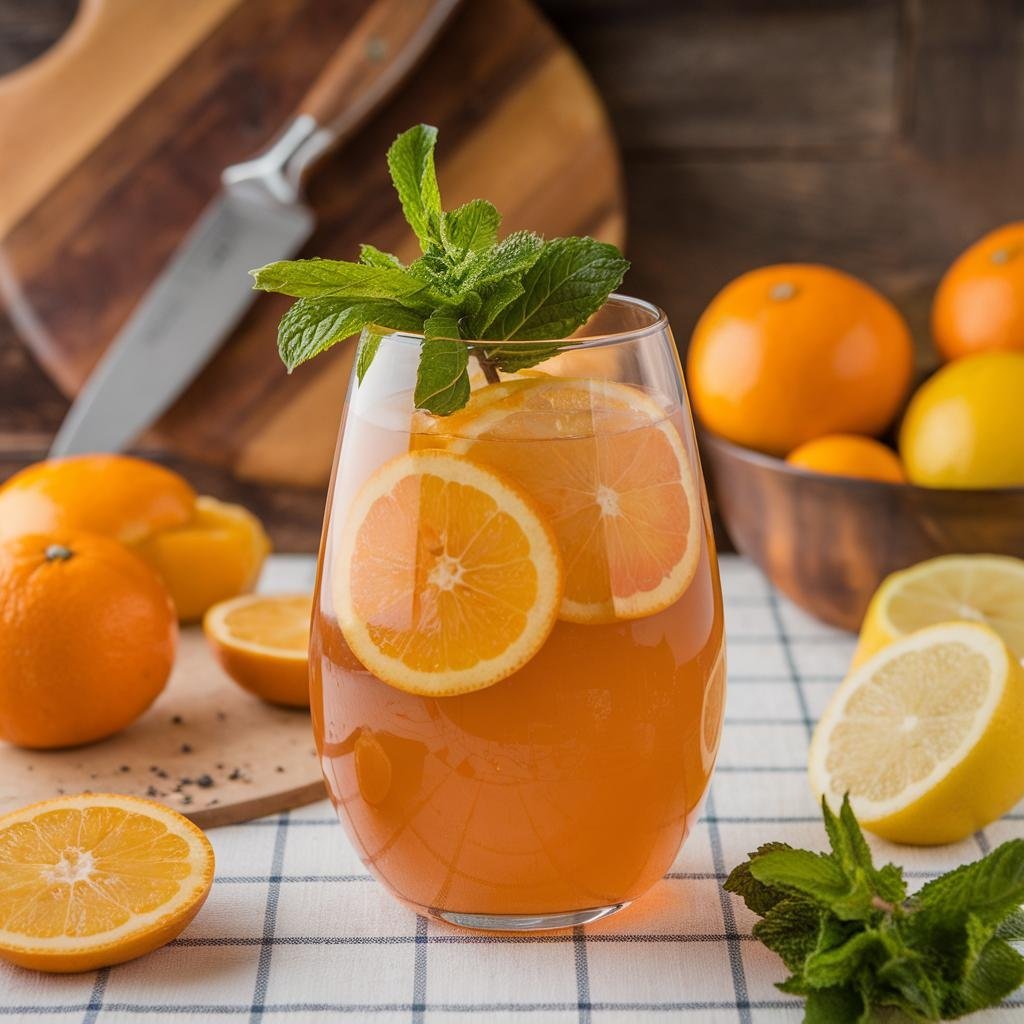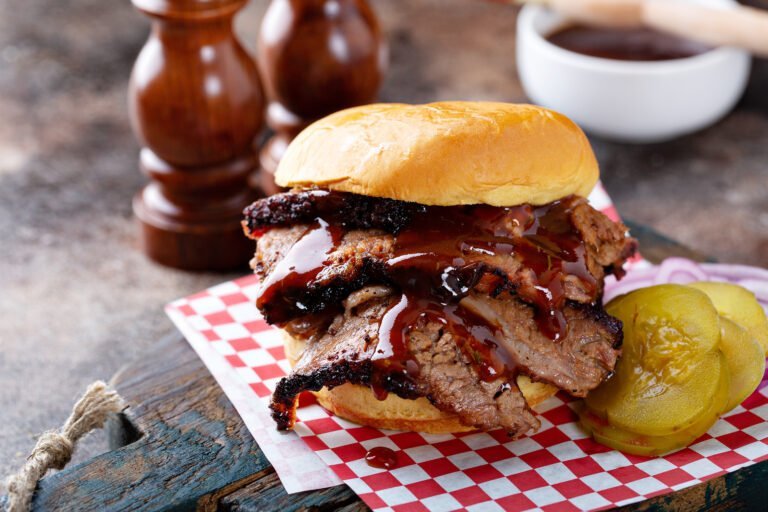Disclosure: This Post Contains Affiliate Links; We earn a commission on purchases.
Seasoning is an essential component of cooking, as it enhances the flavor of your dishes and elevates them to new heights. While salt and pepper are commonly used for seasoning, there are many other herbs, spices, and techniques that can be employed to unlock the full potential of your ingredients. In this article, we will delve into the art of seasoning and provide you with a variety of tips and tricks to take your dishes from ordinary to extraordinary.
Key Takeaways:
- Discover the best seasoning techniques to enhance the flavor of your dishes.
- Get seasoning advice and ideas for beginners to level up their cooking.
- Explore seasoning tricks and hacks to elevate your culinary skills.
- Learn different seasoning methods and find a seasoning guide that suits your taste.
- Unlock the secrets of seasoning and transform your ordinary dishes into extraordinary culinary creations.
The Basics of Seasoning: How to Season Your Dishes
Seasoning is the process of enhancing the flavor of your food through the addition of salt, pepper, herbs, spices, and other ingredients. It plays a vital role in creating well-balanced and delicious dishes that leave a lasting impression on your taste buds.
When it comes to seasoning, timing is everything. There are two main times to think about seasoning: at the beginning and the end of the cooking process. Adding salt early on allows it to penetrate the ingredients and distribute evenly throughout the dish, resulting in deep flavor. On the other hand, adding herbs and spices at the end can provide a fresh burst of aroma and elevate the overall taste.
But how do you know when and how much to season? Taste-testing is an essential part of the process. It helps you determine if the flavors are well-balanced and if any additional salt or pepper is needed. Start by seasoning with a small amount and gradually add more if needed. Remember, it is always easier to add seasoning later than to remove excess salt or spice from an over-seasoned dish.
To season like a pro, consider the following tips:
- Be mindful of the saltiness of your ingredients. Some ingredients like cheese and cured meats can be naturally salty, so adjust your seasoning accordingly.
- Take into account the taste saturation of your palate. If you’ve been tasting strong flavors for an extended period, you may need to season more generously to achieve the desired taste.
- Consider the serving temperature. Some flavors are more pronounced when served hot, while others are better appreciated when cooled.
- Be aware of individual preferences and sensitivities. Some people may prefer less salt or have specific dietary restrictions.
Remember, good seasoning is about balance. It should enhance the natural flavors of your ingredients without overpowering them.
What Happens If You Overdo It?
Over-seasoning can be a culinary disaster, resulting in a dish that is too salty, spicy, or overpowering. The flavors can become unbalanced, masking the natural taste of the ingredients. If you find yourself in this situation, there are a few remedies you can try:
- Balance with sweetness: Counteract the excessive saltiness by adding a touch of sweetness. This can be achieved by incorporating ingredients like honey, sugar, or even a splash of citrus juice.
- Dilute the seasoning: If the dish is liquid-based, you can dilute the seasoning by adding more liquid or base ingredients (such as stock or unsalted sauce) to reduce the overall intensity of the flavors.
- Adjust with acidity: Acidic ingredients like vinegar or lemon juice can help cut through the excessive seasoning and bring balance back to the dish. Just use them sparingly to avoid overpowering the flavors.
When it comes to seasoning, it’s a delicate dance of flavors. Practice, experimentation, and a keen taste for balance will help you master the art of seasoning and create memorable meals that leave your guests craving for more.
| Common Spices | Best for | Flavor Profile |
|---|---|---|
| Cumin | Middle Eastern, Mexican, Indian dishes | Earthy, warm, slightly bitter |
| Paprika | Hungarian cuisine, soups, stews | Smoky, sweet, mild heat |
| Oregano | Italian, Greek, and Mediterranean dishes | Pungent, slightly bitter, herbaceous |
| Cinnamon | Sweet recipes, baked goods, curries | Sweet, warm, spicy |
| Thyme | French cuisine, roasted meats, stews | Earthy, floral, slightly minty |
The Flavor Profiles of Salt and Pepper
Salt and pepper are integral ingredients in seasoning and enhancing the flavors of various dishes. Each brings its unique characteristics to the table, adding depth and complexity to your culinary creations.
The Flavor of Salt
Salt is more than just a basic seasoning; it has the power to transform the taste of a dish. Its primary function is to enhance flavors by reducing bitterness and amplifying sweetness, sourness, and umami. From classic table salt to specialty varieties, there is a wide range of options to explore.
- Fine sea salt, with its small crystal size, is an all-purpose salt suitable for general seasoning.
- Sea salt flakes, on the other hand, are larger and provide a delightful finishing touch, adding texture and depth to dishes.
The Flavor of Pepper
Pepper brings its own distinctive aroma and heat to the culinary experience. The choice between black and white pepper depends on the flavor profile you wish to achieve.
- Black pepper offers a robust, aromatic flavor that pairs well with a variety of dishes. Its complex taste adds depth and character.
- White pepper, with its milder and earthier flavor, provides a more subtle touch. It is often preferred in delicately flavored dishes.
For the freshest and most intense flavor, it is recommended to use freshly ground pepper rather than pre-ground pepper.
Both salt and pepper should be used judiciously and adjusted according to personal taste preferences and the specific requirements of each recipe. Remember, seasoning is about balancing flavors and enhancing the overall taste experience.
Exploring Different Flavor Combinations and Layering
Flavor layering is a fascinating technique that allows you to create complex and captivating taste experiences in your dishes. By skillfully combining various spices and ingredients, you can build a rich and harmonious flavor profile that will elevate your culinary creations to new heights.
In flavor layering, it’s important to understand the basic tastes of bitterness, saltiness, sourness, sweetness, and umami. By carefully balancing these flavors, you can create a symphony of taste sensations that delight the palate.
For example, pairing bitter spices with umami flavors can help balance the sweetness in a dish, creating a well-rounded taste. On the other hand, combining salty and sweet ingredients can create a delightful contrast that keeps the taste buds engaged.
Experimentation is key when it comes to flavor layering. Don’t be afraid to try different combinations and explore the possibilities. Take inspiration from global cuisines and incorporate spices and ingredients from around the world to add newness and uniqueness to your cooking.
By building complexity through flavor layering, you can create dishes that are both delicious and memorable. Whether you’re a novice or an experienced cook, mastering the art of flavor combinations will take your culinary skills to the next level.
| Flavor Combination | Key Ingredients | Best Dishes |
|---|---|---|
| Bitter and Umami | Dark chocolate, mushrooms, miso paste | Chocolate mole sauce, mushroom risotto, miso-glazed salmon |
| Salty and Sweet | Soy sauce, honey, maple syrup | Teriyaki chicken, honey-glazed carrots, maple bacon |
| Sour and Spicy | Lemon juice, chili peppers, vinegar | Spicy lemon chicken, chili-lime shrimp, tangy vinaigrette |
Cooking with Spices from Around the World
Each region has its own unique spices and flavor profiles that are often used in traditional cuisine. However, incorporating spices from different parts of the world can add a whole new dimension to your dishes.
Indian cuisine, for example, is known for its use of garam masala and tandoori seasoning, which can bring bold and vibrant flavors to your cooking. Mexican cuisine, on the other hand, relies heavily on cumin and chili peppers, adding a spicy kick to any dish.
So why not take a culinary trip around the globe and experiment with spices from various regions? By using these global spices in unexpected ways, you can create innovative and exciting flavors that will surprise and delight your taste buds.
Whether you’re adding a pinch of aromatic turmeric to a stir-fry or sprinkling some savory za’atar over roasted vegetables, the possibilities are endless when it comes to cooking with global spices.
Embrace the fusion of traditional and international flavors, and let your creativity run wild in the kitchen. Draw inspiration from different cultures and cuisines, and incorporate their spice blends and techniques into your own cooking style.
Remember, culinary fusion is all about experimenting and finding unique flavor combinations that work harmoniously together. Don’t be afraid to step outside your culinary comfort zone and explore the world of spices.
So go ahead, embark on a flavorful journey, and elevate your dishes with the rich tapestry of global spices. It’s time to bring a taste of the world to your kitchen!
Conclusion
Seasoning is truly an art that has the power to transform your dishes and take your cooking skills to new heights. By mastering the basics of seasoning, experimenting with different flavors, and incorporating spices from around the world, you can create extraordinary and unforgettable meals that will impress your family and friends.
One of the key aspects of seasoning is to taste as you go. This allows you to adjust the seasoning to your personal preference and ensure that your dishes are perfectly balanced. Remember, a little goes a long way, so start with less seasoning and add more gradually if needed.
Don’t be afraid to have fun and get creative with your flavor combinations. By exploring different spice blends and drawing inspiration from global cuisines, you can create unique and innovative dishes that will surprise and delight your taste buds.
In conclusion, seasoning is not just about adding salt and pepper. It’s about understanding the art of flavor enhancement, experimenting with different spices, and taking your dishes to a whole new level. So, embrace the art of seasoning, unlock the full potential of your ingredients, and elevate your cooking to new heights. Your taste buds will thank you!
References

Ryan Conlon is a BBQ enthusiast and inspired chef on a journey through the smoky, savory world of outdoor cooking. Hailing from the heart of the Midwest, Ryan’s passion for grilling ignited during his early years, where family gatherings often revolved around the sizzle of the grill and the aroma of seasoned meats.







